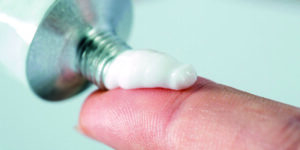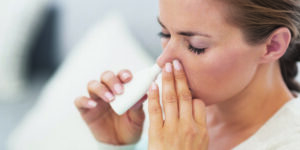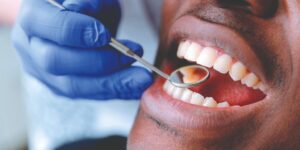Benzalkonium Chloride is well-known antiseptics and have a long history of use in topical products such as antiseptic liquids, creams and gels. They act on a wide range of microorganisms, from gram+ to gram- bacteria, moulds and yeasts. Our FeF Benzalkonium Chloride is odourless and colourless, and its effectiveness in all pH ranges, combined with its ability to mix well in both aqueous and oily phases, make them an ideal antimicrobial ingredient.
Applications
Regardless of the classification, for medical devices coming into contact with either healthy or damaged organic tissue, it is necessary to utilize only the purest and safest ingredients.
-
- Gauzes/wipes/plasters/patches: FeF Benzalkonium Chloride is often found in solution impregnated gauzes, wipes and plasters for skin and/or wound disinfection at typical concentrations of 0.01 to 0.1%.
- Skin and wound cleansing: Solutions of 0.01 to 0.1% FeF Benzalkonium Chloride (BKC) are typically used for cleansing skin, mucous membranes, and wounds. More dilute solutions are suitable for the irrigation of deep wounds.
- Catheters: FeF Benzalkonium Chloride (BKC) can be coated or impregnated to reduce catheter-induced sepsis by preventing microbial colonization, e.g., in central venous catheters coated or impregnated with BKC.
- Irrigation solutions: Aqueous solutions of 0.005 to 0.02% FeF Benzalkonium Chloride can be used for irrigation of the bladder and urethra, and 0.0025 to 0.005% solutions for retention lavage of the bladder.
- Surgical glues (tissue adhesive) are other examples of devices containing FeF Benzalkonium Chloride as an auxiliary.
FeF Benzalkonium Chloride is effective at all pH levels. However, its effectiveness increases when the pH increases. The higher the pH, the lower the concentration needed to obtain an antimicrobial effect.
Safety and efficacy
Since Benzalkonium Chloride acts on the surface and not on the content of the cells, it doesn’t trigger antibiotic resistance. Benzalkonium Chloride should not be classified as skin sensitizers but as skin irritants. Bromides are less irritating to the skin than chlorides. Benzalkonium Chloride is relatively non-toxic in use concentrations and is only considered harmful in concentrated forms.
Tertiary amines are used in the manufacture of Benzalkonium Chloride; free amine is a possible impurity and can be responsible for skin irritation. FeF Benzalkonium Chloride is carefully manufactured with synthetic raw materials from qualified suppliers, and our validated processes are fully controlled to obtain the lowest possible levels of impurities.


